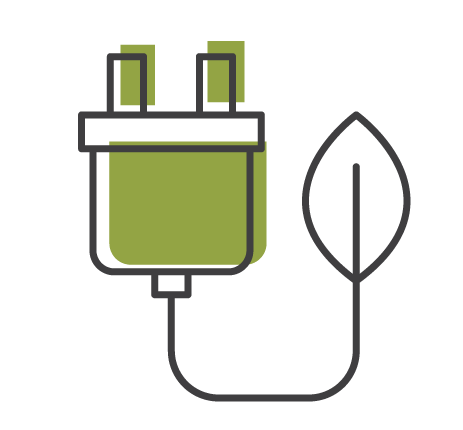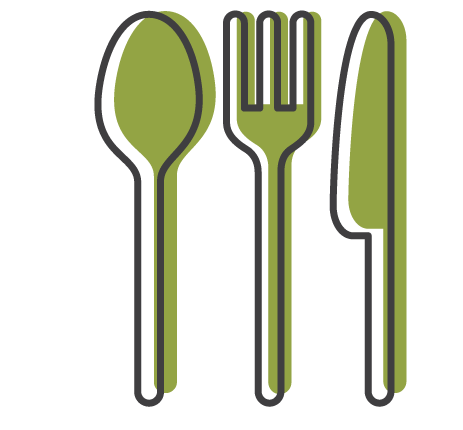What legacy do we want for South Africa?
- Published:
 Stefan teaching the next generation of Earth Keepers about uranium mining. Photo: Erika Cramer
Stefan teaching the next generation of Earth Keepers about uranium mining. Photo: Erika Cramer
In July we were excited to receive the news of a large-scale withdrawal of the uranium mining developers Australian Tasman Pacific Minerals Limited and Lukisa JVCo in the Karoo.
On 6 July they announced that they would withdraw their current uranium mining application and reapply for a much smaller area – in essence only 12% of the original application - and start the process at the beginning again. This we celebrated as an important step towards stopping uranium mining in its tracks, as well as nuclear down the line.
For, as Dr Stefan Cramer, who was instrumental in lifting the veil of silence on this new threat to the Karoo, points out, uranium mining is the dirty underbelly of the nuclear industry and where it all begins.
“One must stop nuclear industries in (their) tracks because it leaves future generations with an immeasurable task and legacy. The best point to start is at the source, where the whole cycle of nuclear technology begins, and that is at uranium mining. Uranium mining is very much the dirtiest part of the entire industry,” he says.
Kim Kruyshaar writes on Green Audits that choosing between renewable energy and nuclear is about much more than just an energy option. Instead it is “a choice between two divergent socio-economic opportunities and the consequent legacies.” This rings even more true when one looks at the building blocks of nuclear energy.
 Uranium mining will leave us with our iconic Karoo damaged for centuries to come and many people without a future or income as the jobs gained through uranium mining would in no way compensate for those lost in the agricultural, tourism and renewable industry businesses.
Uranium mining will leave us with our iconic Karoo damaged for centuries to come and many people without a future or income as the jobs gained through uranium mining would in no way compensate for those lost in the agricultural, tourism and renewable industry businesses.
Mining will also deplete the already scarce water reserves of the Karoo and present serious health problems to all living beings there, as the radioactive dust can be carried for kilometres by winds.
Renewable energy in contrast presents us with a far brighter future that, very importantly, doesn’t contain a radioactive legacy. Far more jobs are created in the renewable energy industry than the nuclear industry ever can.

The speed in which renewable energy projects can be installed and the lower investment costs also make it highly attractive to a country like South Africa, where many people need access to energy now, not in 15 years time when a nuclear reactor would only come online.
Decentralising the power from Eskom and putting it into the hands of individuals and local companies would also only serve to empower South Africans and the economy. Nuclear energy would instead indebt us and future generations to a foreign company and leave us with the further enormous cost of decommissioning.
So it’s not simply a choice between two energy options, as Kim sums it up, it is a choice about what path we would like to take South Africa down.
What is needed to stop uranium mining and nuclear for good?
- Spreading of information on uranium mining and our nuclear court case
- Education on the devastating effects of uranium mining in schools and communities
- Legal challenges to the uranium mining application
- Support of our nuclear legal challenge
- Monitoring of these processes

Read Kim Kruyshaar’s full article: http://greenaudits.co.za/renewables-vs-nuclear-choose-a-legacy/
Read the full Fin24 article and watch Stefan talking on uranium mining: http://www.fin24.com/Economy/uranium-is-the-dirty-underbelly-of-nuclear-scientist-20160721
See Stefan’s presentation on uranium mining here: http://safcei.org/dr-cramers-presentation-of-uranium-mining-in-the-karoo/
 Prince Albert Uranium Mining Strategy Meeting. Photo: Erika Cramer
Prince Albert Uranium Mining Strategy Meeting. Photo: Erika Cramer
 Talk on uranium mining at AIDC Million Climate Jobs. Photo: Erika Cramer
Talk on uranium mining at AIDC Million Climate Jobs. Photo: Erika Cramer
Who we are
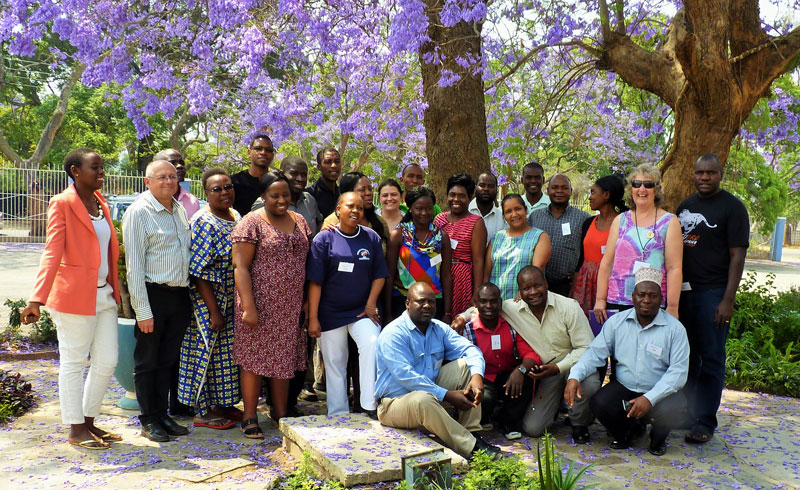
SAFCEI (Southern African Faith Communities’ Environment Institute) is a multi-faith organisation committed to supporting faith leaders and their communities in Southern Africa to increase awareness, understanding and action on eco-justice, sustainable living and climate change.
Featured Articles
-
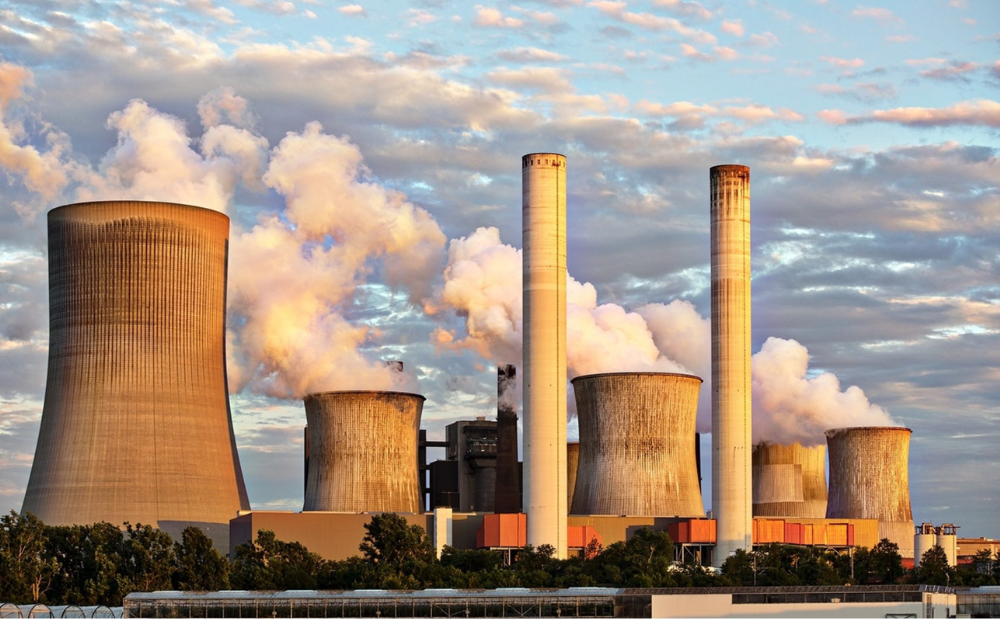
South Africa: Who Ends Up Paying If DMRE Cooks the Price of Nuclear Power?
-
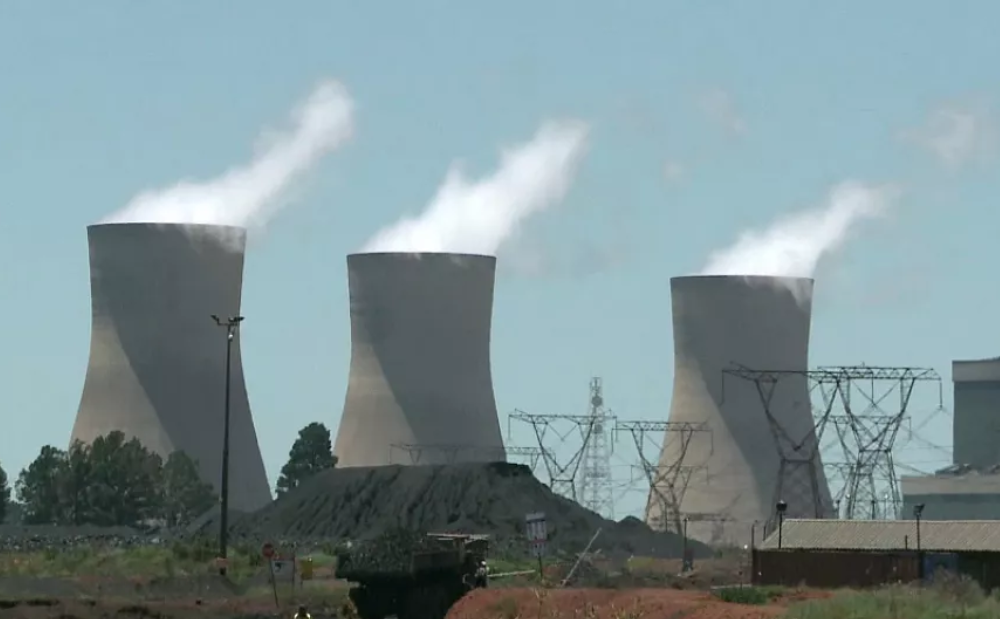
South Africa’s nuclear energy expansion plans continue to draw criticism, environmental NGOs chew over legal challenge
-

Earthlife Africa and SAFCEI respond to latest unsettling nuclear news regarding the ministerial determination
-
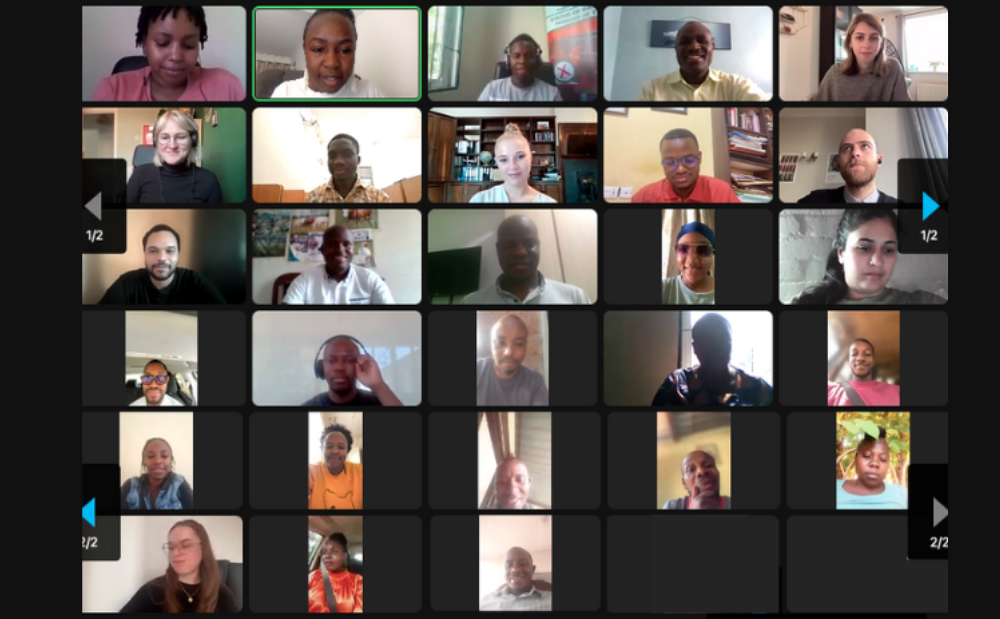
Open Wing Alliance Africa (Virtual) Summit 2023
-
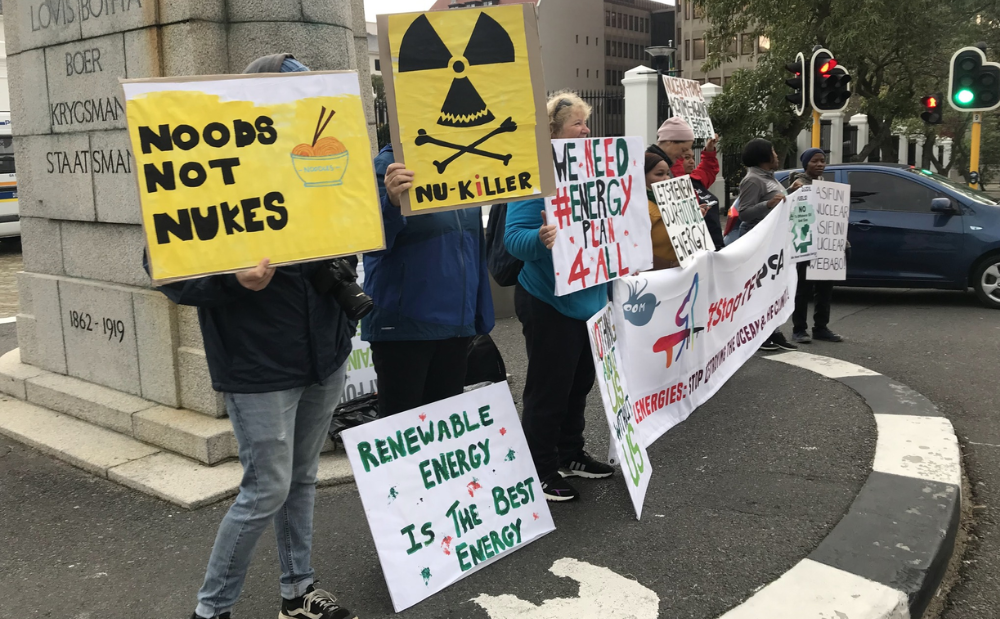
The Green Connection and SAFCEI respond to energy minister's divisive and deflecting comments
-
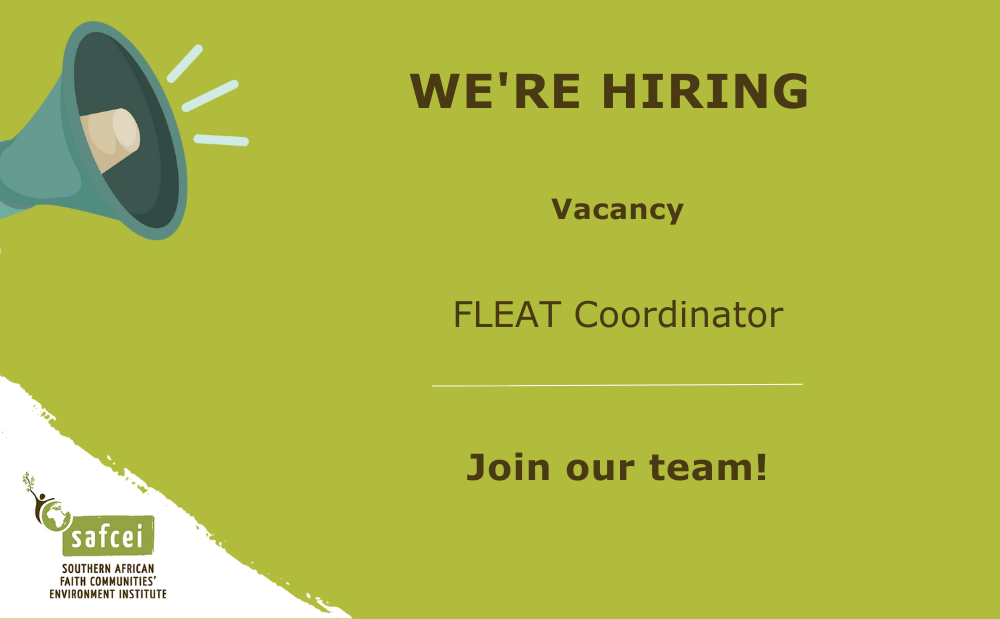
Job Vacancy: FLEAT Coordinator


